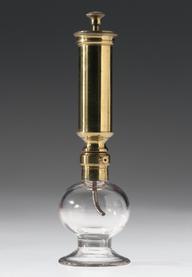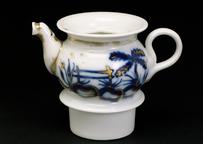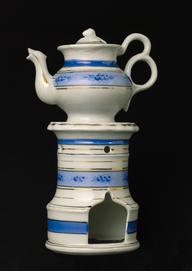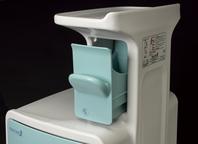





Glass and silver infant's feeding bottle, Europe, 1801-1900
This is a ceramic infant feeding bottle. Their use increased during the 1800s. They sometimes had harmful results. Doctors advised breastfeeding was best for infants. It should be done by the mother if possible, or a wet nurse of ‘good moral character’. Many babies were fed less beneficial products such as unboiled cow’s milk, sugar water or ‘pap’. Pap was a mixture of bread or flour, milk and sugar. Bottles were often poorly cleaned and were havens for germs. Dried milk and condensed milk were introduced in the 1860s. However, doctors opposed their use. They claimed the milk caused diarrhoea, indigestion and rickets in babies. This infant feeding bottle is ceramic.
Details
- Category:
- Nursing & Hospital Furnishings
- Collection:
- Sir Henry Wellcome's Museum Collection
- Object Number:
- A625689
- Materials:
- glass, silver, paper (fibre product) and complete
- Measurements:
-
overall: 196 mm x 67 mm x 67 mm, 0.1942 kg
- type:
- feeding bottle




